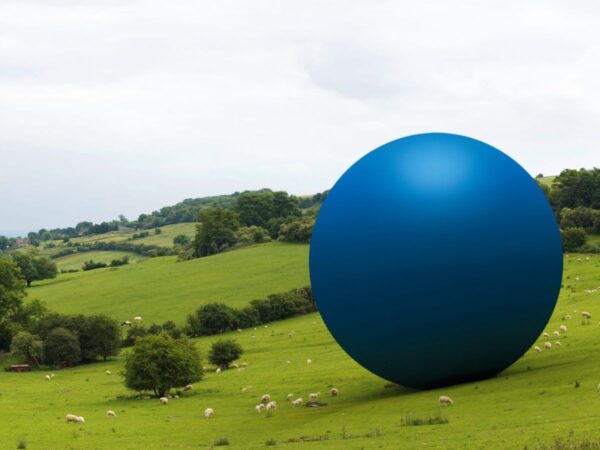
The wine world has always been obsessed with representations of quality. Strange, then, that quality should remain so elusive a concept. This is in part because, while all material objects have properties (the property of being large or of being blue, say), it’s not clear that quality is a property in quite this same way.
What quality is and how it shows itself should be a burning question for those who sell or write about wine, since these pursuits involve interrogating wines with exactly this in mind. In the FKC wine corner, we’re always talking about what makes a particular wine good, but from time to time the convo may take a compelling turn: When we talk about quality, what exactly are we talking about?
Years of obsessively noodling this issue have given me a short list of hard-won convictions on the matter. Below, I condense them into five observations — each with a brief explanation but in no particular order.
Quality is independent of category, style, and personal aesthetic. A dry, savory, oak-aged red Rioja and a brisk blanc de blancs Champagne represent wholly different categories of wine. So, whatever quality is, it has to be something that even wines as different as these can be shown to have in common. We should all be able — or least willing — to detect quality across category and style even when the winemaker’s aesthetic isn’t one we share or even particularly like.
Quality isn’t the same as ‘more.’ Excellence implies sufficiency, but ‘more’ and ‘better’ aren’t functional equivalents. At some point reaching for more tips you over into excess (alcohol, ripeness, extraction, oak-influence) and quality is degraded rather than enhanced. More is almost always a style decision rather than a quality decision. Aristote’s Golden Mean applies here.
Quality costs money, but can’t be reduced to money. As a rule, every step a winemaker takes to improve the quality in the vineyard or the cellar adds expense – and for wines costing less than $60 retail (to pick a somewhat arbitrary number) there’s typically a direct correlation between the costs of production and the price on the shelf (the markups taken by the various middlemen being more or less fixed). Investments that raise the price of wine much beyond this are not likely to be of a kind to actually improve quality since it’s a good bet they are earmarked for (1) marketing; (2) turning the winery into a tourist destination; (3) adding machinery that needlessly technologizes the wine, or (3) falling into the more = better trap. There are, as always, exceptions.
Quality is a product of both nature and craft. Like wine itself, quality emerges out of a partnership between prevailing natural conditions and human ingenuity. We acknowledge nature’s role when we accord certain parcels cru status regardless of who is working them. But without the intervention of winemakers, nature would be making splendid vinegar, not magnificent wine. Strange, in a way, that we don’t have an equivalent system to recognize an elite among winemakers. Perhaps one day we will.
The pursuit of quality has limits. A tough one for Americans to acknowledge, I think, since we ingest a faith in continuous improvement with our mother’s milk. But once one or several varietals have been successfully linked with a specific terrain and proper vinification techniques established, the foundations for stability and continuity have been laid. There comes a point to be largely satisfied with quality attained, and not confuse mere innovation with improvement.
The quality conundrum wearing you out? Me, too. What say we meet for a glass of something large and blue?